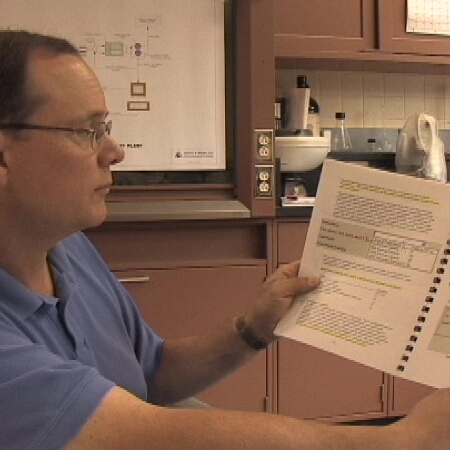5.4 Redundancy
In some cases, there should be redundant assets in a utility. If an asset fails, there is another asset that can operate in its place. If there is total redundancy (i.e., the redundant asset can perform the function of the failed asset completely) then the consequence of the initial asset failing is greatly reduced. The probability of failure is not affected because the asset still has the same likelihood of failure, but its consequence is much less. The consequence does not fall to zero, however, because the asset would still need to be repaired; the redundant asset must be able to perform; and when the redundant asset is put into service, there is no redundancy until the failed asset is returned to service or replaced. In general, the more redundancy, the lower the consequence of failure.

|
|
|

|
|
|

|
|
|
Redundancy can be incorporated into the risk assessment process in two ways. It can be built into the determination of consequence of failure so that the ranking given to the asset takes into account that there is partial or total redundancy. For example, if the asset without redundancy would be given a consequence of 5, the asset with redundancy might be given a consequence of 1 or 2. Another method of considering redundancy in the process is to multiply the redundancy factor times the overall risk score. This method will be explained in the next section.

